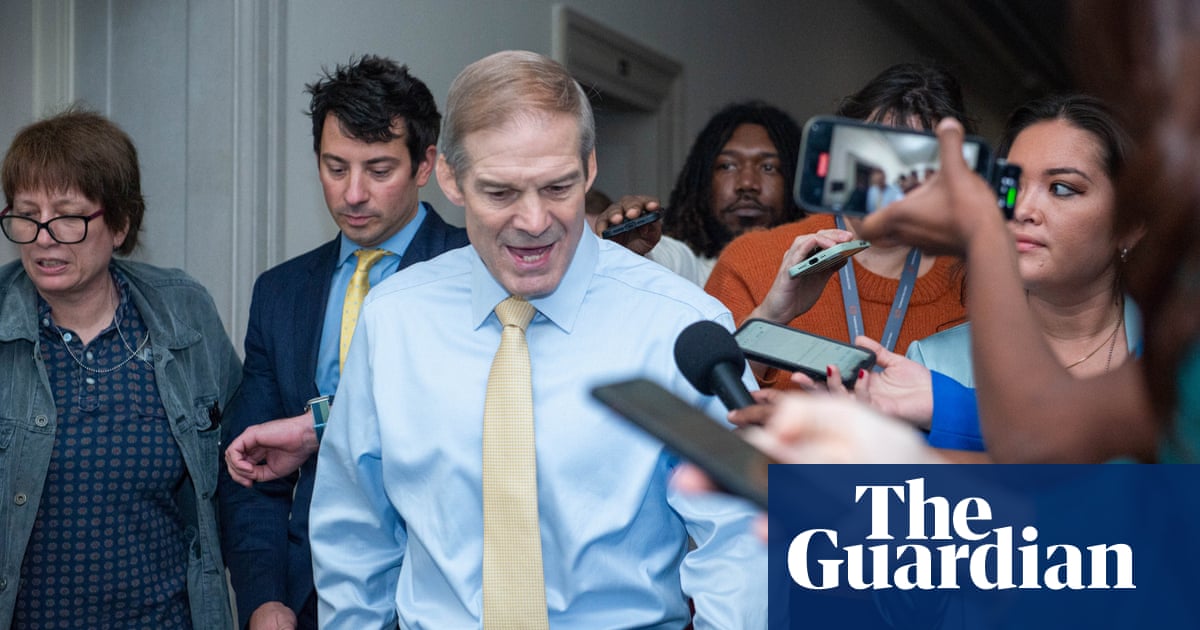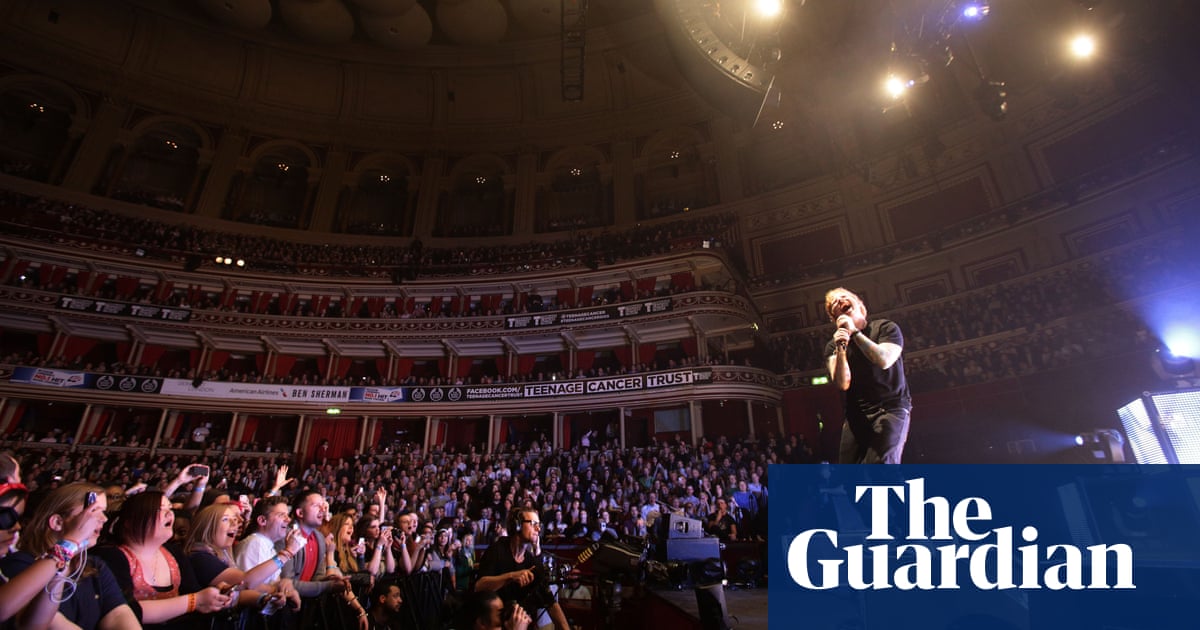
The Royal Opera House is to sell a David Hockney portrait thought to be worth as much as £18m to raise essential funds.
The painting, which was commissioned for the Covent Garden building in the 1970s, is to go up for auction later this month in an unprecedented attempt to protect the venue’s future as a home for the Royal Ballet and for international opera.
“This was a really tough call,” Alex Beard, the ROH’s chief executive, told the Observer. “But we have to face the situation we are in and if we can remain viable and get through this, then we can get back to employing people in the future.”
The sale at Christie’s of Hockney’s portrait of the late Sir David Webster will be publicly announced on Monday. Webster ran the opera house for 25 years from 1945 to 1970, during its greatest period of expansion and ambition. Christie’s expects it to go for between £11m and £18m.
The decision to sell the painting, which has hung at the Royal Opera House in recent years, is part of a four-point plan to keep the venue going during the pandemic. Redundancies are due to be made and a big donation drive is under way. Meanwhile the internationally renowned opera house also hopes to hear soon about a loan from the Treasury’s emergency bailout fund for the arts.
“We are the biggest arts employer in the country and we knew we had to look at any assets we had,” said Beard. “And there is only really one of any note that stands out and that is this portrait.”
Hockney has been informed, said Beard, who worked previously at the Tate. “We have a good relationship, but he does not much like it when any of his work is auctioned.”
Webster worked closely with Dame Ninette de Valois, the founder of the Royal Ballet, to build the international reputation of Covent Garden after the war. “This was the period when we became what we are,” said Beard. “The Royal Ballet has been built up over 70 years to its current status, and we owe it to our extraordinary new generation of dancers to try to protect that. It would take decades to do it again.”
The venue is facing its biggest challenge since the last war, and possibly, added Beard, in its long history as a leading European theatre.
Katharine Arnold, Christie’s co-head of postwar and contemporary European art, said: “This is my favourite period of Hockney’s work. Like the well-known portrait of Mr and Mrs Clark and Percy, completed the same year, there is so much time taken with it and so much attention to detail.”
There is great interest in collecting Hockney internationally, Arnold said this weekend, and his portraits from the 1970s, his naturalist phase, are among the most desirable. “I love the way Hockney has changed his technique over the years, but most people agree this was the peak of his practice. It is my job now to do the best for the portrait and for the opera house that so many people love.”
Although the artist, who was born in 1937 in Bradford, was quoted in 1970 as saying he was “not that interested” in the theatre, he accepted the ROH commission and pulled it off with panache. Hockney later went on to design a production of Richard Strauss’s Die Frau ohne Schatten for the Covent Garden stage, as well as working for Glyndebourne and for the Metropolitan opera in New York.
“Whether he is designing a set or not, there is always something theatrical for me about the way Hockney sets a scene,” said Arnold.












